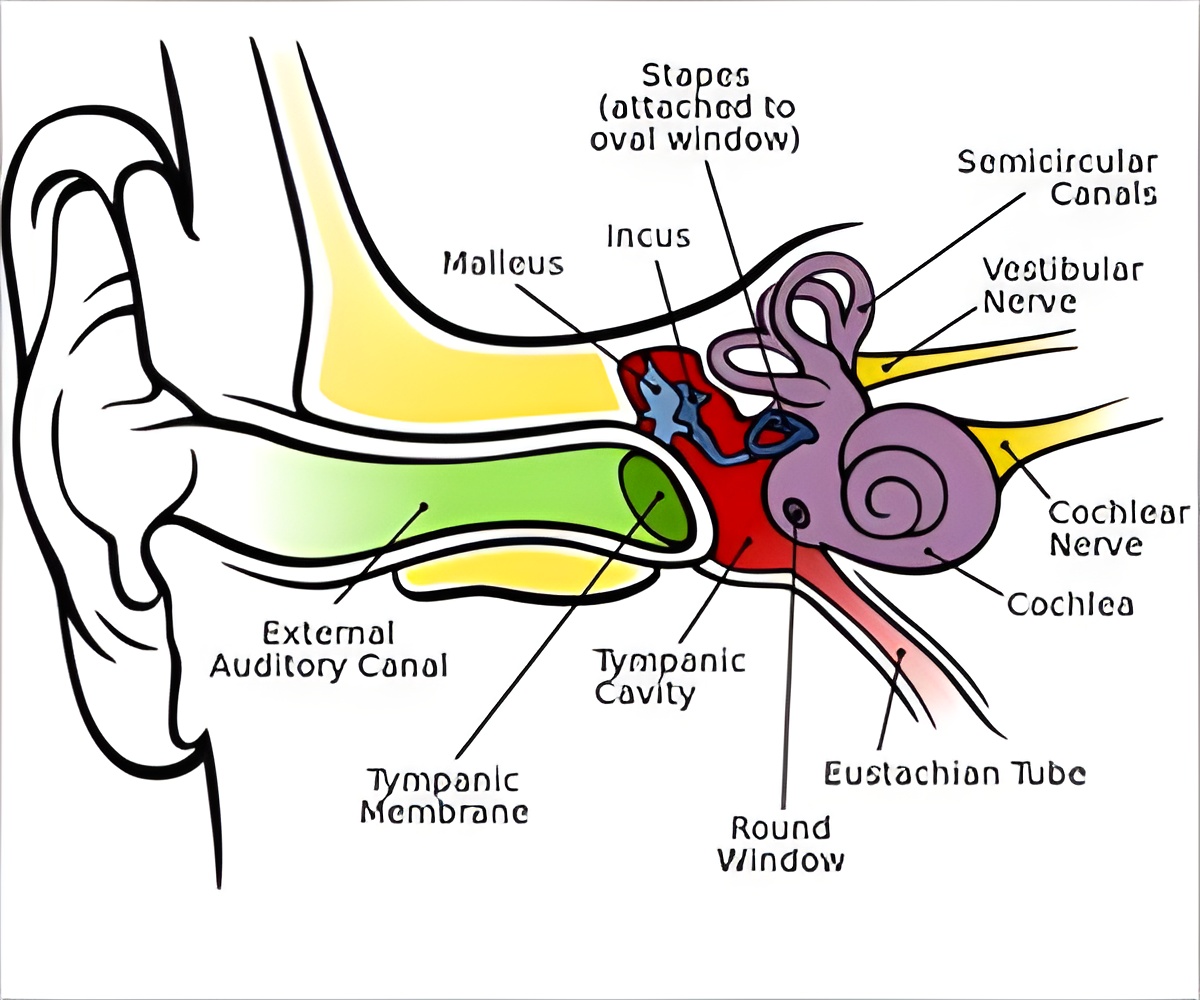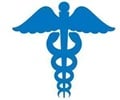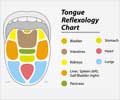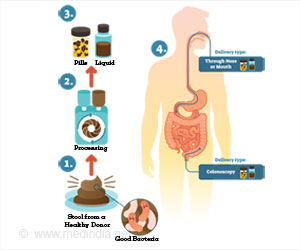Clinical practice guideline for Ménière's Disease has now been published.

Ménière’s disease is a disorder of the inner ear that includes episodes of vertigo with possible hearing loss, ringing or buzzing in the ear, or ear pressure.
"Ménière’s disease has a lot of factors and can be mimicked by other illnesses. To add to that, it is an episodic disease that can take months, or even years, to diagnose," says Gregory J. Basura, MD, PhD, Chair of the Guideline Development Group.
"We hope that this guideline will help support more accurate diagnoses and thereby improve patients’ quality of life."
Ménière’s disease is defined by spontaneous vertigo attacks, each lasting 20 minutes to 12 hours, with low- to mid- frequency sensorineural hearing loss in the affected ear before, during, or after one of the episodes of vertigo.
The clinical practice guideline (CPG) defines vertigo as the feeling of spinning or moving when one is not moving. This is different from dizziness, which can mean feeling lightheaded or feeling like passing out.
Advertisement
It is important to evaluate and document the hearing in both ears as a subset of patients will eventually experience Ménière’s disease bilaterally.
Advertisement
"This new CPG gives providers some optimal tools with which to make their clinical decisions."
The CPG is intended for all healthcare providers in any setting who are likely to encounter, diagnose, treat, and/or monitor patients with suspected Ménière’s disease.
This includes emergency medicine, primary care, otolaryngology, neurology, audiology, and physical/vestibular therapy. The target patient for the guideline is anyone 18 years of age or older who has a suspected diagnosis of definite or probable Ménière’s disease.
Source-Eurekalert








